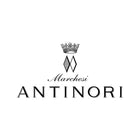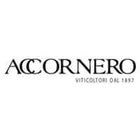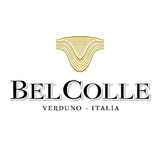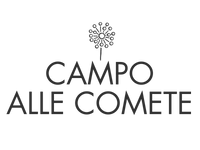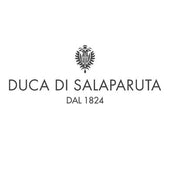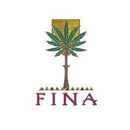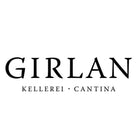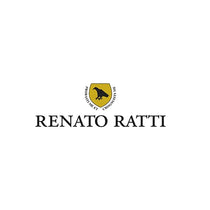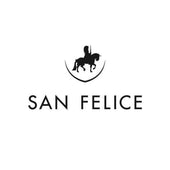Skip to Main Content
Sort + Filter
Piedmont
In Piedmont, viticulture occupies a fundamental position in the agricultural sector of the region. In 2009 the production was over 2,858,000 hl of wine, with a clear prevalence of red wines, a tradition already appreciated in Roman times and with consolidated roots in the Langhe, Monferrato and Asti.
In Piedmont the vineyards are almost all in the hills, a guarantee of quality and prestige; the climate, the soils, the vines and the competent and passionate intervention of man do the rest.
The most common vines are Barbera, which covers 1/3 of the cultivated area, spread in different areas, in which it expresses its character in a different way. Always with excellent acidity, in the Alba area it gives more structured wines with a good predisposition torefinement, in the fresher and more fruity Monferrato and Asti area.
Other important vines are the white muscat, the dolcetto, defined as the wine of Piedmont, the cortese, withstructureand delicate aromas of fruit and white flowers, the freisa, with shades of flowers and small red fruits, the bracchetta,freshAndaromatic, and the grignolino, from which pleasant but not very structured wines are obtained.
However, the prince of Piedmontese vines is Nebbiolo, with very dense and small berries, with a dark blue color, very sensitive to the slightest differences in soil and climate, father of the greatest Piedmontese reds. Barolo and Barbaresco stand out above all, but also Gattinara, Ghemme and Roero, as well as Boca, Fara, Lessona, Bramaterra and others, know how to express their excellent personality. Barolo, king of wines and wine of kings, linked to ancient traditions, today is at the center of a sort of philosophical dualism between those who continue to produce it in an absolutely traditional way, with aging in large barrels, and those who who prefer a passage in smaller barrels, to soften more quickly the decisive and austere tannins.
Among the white grape varieties, about half of the reds, the white Moscato stands out, from which Asti Spumante and Moscato d'Asti are obtained; of the first, in 2002 over 80 million bottles were produced, a third of all national sparkling wine production and about half of thoseVQPRDof the region, most of it sold on foreign markets where it finds its greatest admirers.
In recent years, in the Langhe - for centuries the undisputed reign only of great reds - some international white grape varieties, especially chardonnay, are carving out an important space with high-level products, such as the Alta LangaDOC.
In addition to the production of sparkling wines of all types, obtained with refermentation in bottle and in autoclave, dry and sweet, Piedmont also stands out for that of flavored wines, such as Vermouth and Barolo Chinato.
In Piedmont the vineyards are almost all in the hills, a guarantee of quality and prestige; the climate, the soils, the vines and the competent and passionate intervention of man do the rest.
The most common vines are Barbera, which covers 1/3 of the cultivated area, spread in different areas, in which it expresses its character in a different way. Always with excellent acidity, in the Alba area it gives more structured wines with a good predisposition torefinement, in the fresher and more fruity Monferrato and Asti area.
Other important vines are the white muscat, the dolcetto, defined as the wine of Piedmont, the cortese, withstructureand delicate aromas of fruit and white flowers, the freisa, with shades of flowers and small red fruits, the bracchetta,freshAndaromatic, and the grignolino, from which pleasant but not very structured wines are obtained.
However, the prince of Piedmontese vines is Nebbiolo, with very dense and small berries, with a dark blue color, very sensitive to the slightest differences in soil and climate, father of the greatest Piedmontese reds. Barolo and Barbaresco stand out above all, but also Gattinara, Ghemme and Roero, as well as Boca, Fara, Lessona, Bramaterra and others, know how to express their excellent personality. Barolo, king of wines and wine of kings, linked to ancient traditions, today is at the center of a sort of philosophical dualism between those who continue to produce it in an absolutely traditional way, with aging in large barrels, and those who who prefer a passage in smaller barrels, to soften more quickly the decisive and austere tannins.
Among the white grape varieties, about half of the reds, the white Moscato stands out, from which Asti Spumante and Moscato d'Asti are obtained; of the first, in 2002 over 80 million bottles were produced, a third of all national sparkling wine production and about half of thoseVQPRDof the region, most of it sold on foreign markets where it finds its greatest admirers.
In recent years, in the Langhe - for centuries the undisputed reign only of great reds - some international white grape varieties, especially chardonnay, are carving out an important space with high-level products, such as the Alta LangaDOC.
In addition to the production of sparkling wines of all types, obtained with refermentation in bottle and in autoclave, dry and sweet, Piedmont also stands out for that of flavored wines, such as Vermouth and Barolo Chinato.













